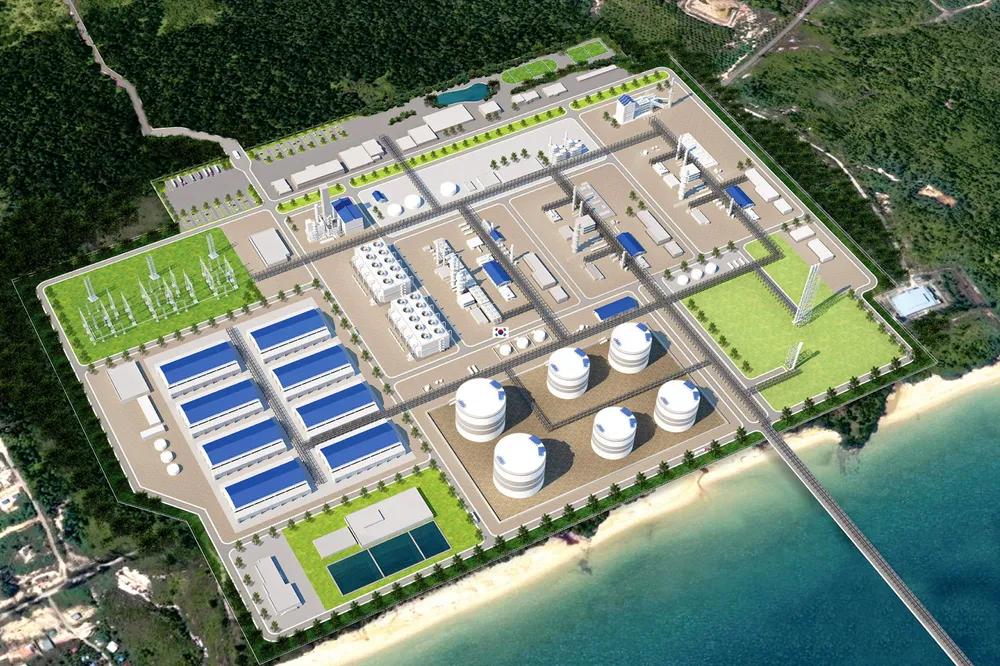Green hydrogen projects in Malaysia worth billions of dollars to be signed off this week: report
Development on three production projects and common infrastructure on the island of Borneo is currently under way

Development on three production projects and common infrastructure on the island of Borneo is currently under way
